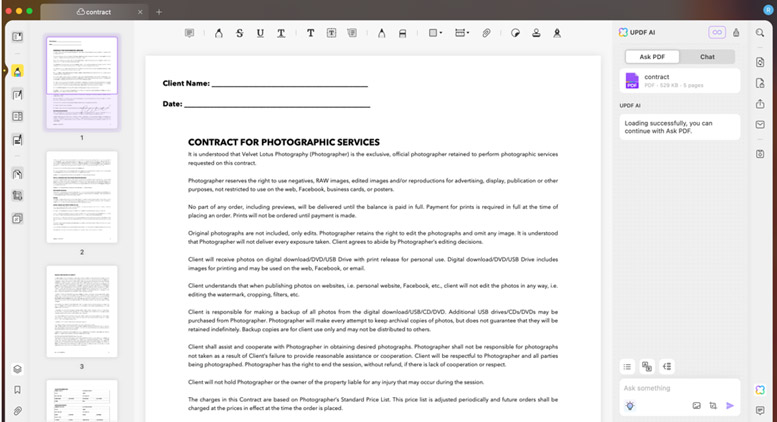Beyond performance
EMC’s new Symmetrix family takes investment protection under consideration
See correction below
The pride and self-praise displayed by EMC during its recent announcement of the Symmetrix DMX storage arrays was understandable. The new product line, built around an architecture that offers internal, many-to-many, and independent connectivity paths between disk devices, cache memory, and server ports, lures customers with transactional and data analysis benchmarks that, according to EMC, leave comparable bus- or switched-data transport solutions in the dust.
Obviously, DMX has even greater performance gains on EMC’s old Symmetrix models, which poses an interesting dilemma for current customers: Update current hardware for performance (announcements to that effect should follow later this year) or plan for a mass replacement of their high-end storage arrays?
Given enough budget and depreciation time, many customers will probably choose the latter because the new DMX arrays break EMC’s well-earned and admittedly pricey reputation with a cost per terabyte in the 4- to 8-cent range. In the words of David Donatelli, EMC’s executive vice president of platforms operations, that’s “bringing our prices down to meet the market.”
A storage array that outperforms competing alternatives by a factor of three or more and offers a better price/capacity ratio — all the while maintaining compatibility with existing software — has the numbers to attract the interest of customers and the attention of Wall Street analysts. Moreover, DMX’s matrix architecture bears a coolness factor that resonates well with parallel trends in the computer industry, such as grid computing and blade servers.
Performance specs of the Symmetrix DMX line are impressive; depending on configuration, the three models offer internal transfer rates ranging from 17.5TB to 42TB per sec. However, we would like to focus on a less glamorous but financially significant aspect of the EMC announcement: preserving hardware investment.
All recent EMC storage arrays, from the entry-level Clariion CX 200 to the top-of-the-line DMX 2000, are centered on the same 15 drive-capable, rack-mountable disk array module. Think of this module as a building block that can be moved across different Clariion and Symmetrix models, preserving data integrity and consistency, and perhaps more importantly, preserving the dollars spent creating your databases on those disks.
Now imagine a fast-growing company starting from an entry-level Clariion with just one module and, as its storage appetite increases, transplanting the same disk array (though that will require replacing some components) to various CX and DMX models.
It’s doubtful that any customer will ever follow each step of that upgrade path, but many will appreciate the flexibility of moving their data in bulk to the next array. In the long run, the modular architecture of the new storage arrays could be more rewarding to EMC than sheer performance.
Correction
In this column, we misreported the internal transfer rates of the Symmetrix DMX line. The rates range from 17.6GBps to 70GBps. We also misreported the price range for DMX systems as well as which ones are modular. The price range is 4 cents to 8 cents per MB, and only the DMX 800 system is modular.




